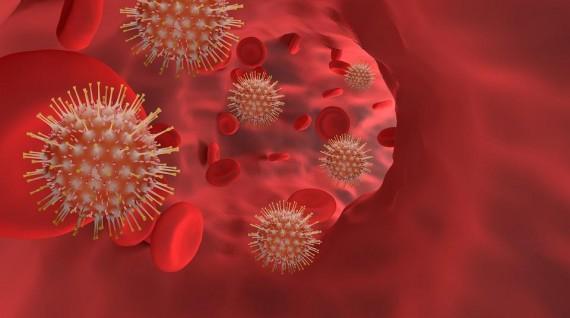SARS (Severe Acute Respiratory Syndrome) is a kind of acute respiratory syndrome. Coronavirus 2 (SARS-CoV2), also known as the COVID-19 pandemic, is a global pandemic that is still going on. This lethal virus was first found in December 2019 after an epidemic in the Chinese city of Wuhan, and it has left the globe facing its most serious healthcare crisis. The virus changed multiple times throughout the years, resulting in new, more dangerous versions of itself. In the last few years, the world has witnessed the introduction of multiple such mutations in the SARS-CoV2 virus, ranging from Delta to Omicron. Stealth Omicron is a new, more infectious strain of the Omicron variety that is causing problems for healthcare professionals in various regions of the world.
What Is Stealth Omicron Variant and What Does It Mean?
A sub-lineage of the variety is the Stealth Omicron variant, commonly known as BA.2. Stealth Omicron has a better transmission potential than the original Omicron, as well as the capability to elude the immune response. In layman’s terms, Stealth Omicron is a sister-lineage of the preceding Omicron variety, not a new variant (BA.1). The Stealth Omicron or BA.2, like the BA.1, harbours over 30 dangerous mutations, making it equally harmful and spreading. However, there is one aspect of this sub-lineage that specialists are concerned about. BA.2 is immune to the RT-PCR test. How? Let’s see what we can find out.
The Stealth Omicron Variant BA.2 is able to evade the RT-PCR test.
Because it lacks several significant mutations in its spike protein, which are critical for quick PCR testing, BA.2 is known as the Stealth Omicron variation. The COVID-19 virus is prone to mutations, which are most prevalent in the Omicron variety. Those who become infected frequently have a loss in the “S” or spike gene. This is what the RT-PCR test detects, allowing you to see which variation has infected you. This deletion of the “S” gene is absent in BA.2, which explains why it may readily evade RT-PCR assays.










